 Web Front-end
Web Front-end JS Tutorial
JS Tutorial A basic way to write extensions for other programs using Node.js_node.js
A basic way to write extensions for other programs using Node.js_node.jsReady to start
First we use the following directory structure to create a node-notify folder.
.
|-- build/ # This is where our extension is built.
|-- demo/
| `-- demo.js # This is a demo Node.js script to test our extension.
|-- src/
| `-- node_gtknotify.cpp # This is the where we do the mapping from C to Javascript.
`-- wscript # This is our build configuration used by node-waf
This beautiful-looking tree is generated using a generic tree.
Now let me create the test script demo.js and decide what our extension’s API should look like upfront:
// This loads our extension on the notify variable.
// It will only load a constructor function, notify.notification().
var notify = require("../build/default/gtknotify.node"); // path to our extension
var notification = new notify.notification();
notification.title = "Notification title";
notification.icon = "emblem-default"; // see /usr/share/icons/gnome/16x16
notification.send("Notification message");
Writing our Node.js extension
Init method
In order to create a Node.js extension, we need to write a C class that inherits node::ObjectWrap. ObjectWrap implements public methods that make it easier for us to interact with Javascript
Let’s first write the basic framework of the class:
#include <v8.h> // v8 is the Javascript engine used by QNode
#include <node.h>
// We will need the following libraries for our GTK+ notification
#include <string>
#include <gtkmm.h>
#include <libnotifymm.h>
using namespace v8;
class Gtknotify : node::ObjectWrap {
private:
public:
Gtknotify() {}
~Gtknotify() {}
static void Init(Handle<Object> target) {
// This is what Node will call when we load the extension through require(), see boilerplate code below.
}
};
/*
* WARNING: Boilerplate code ahead.
*
* See https://www.cloudkick.com/blog/2010/aug/23/writing-nodejs-native-extensions/ & http://www.freebsd.org/cgi/man.cgi?query=dlsym
*
* Thats it for actual interfacing with v8, finally we need to let Node.js know how to dynamically load our code.
* Because a Node.js extension can be loaded at runtime from a shared object, we need a symbol that the dlsym function can find,
* so we do the following:
*/
v8::Persistent<FunctionTemplate> Gtknotify::persistent_function_template;
extern "C" { // Cause of name mangling in C++, we use extern C here
static void init(Handle<Object> target) {
Gtknotify::Init(target);
}
// @see http://github.com/ry/node/blob/v0.2.0/src/node.h#L101
NODE_MODULE(gtknotify, init);
}
Now, we have to write the following code into our Init() method:
Declare the constructor and bind it to our target variable. var n = require("notification"); will bind notification() to n:n.notification().
// Wrap our C++ New() method so that it's accessible from Javascript
// This will be called by the new operator in Javascript, for example: new notification();
v8::Local<FunctionTemplate> local_function_template = v8::FunctionTemplate::New(New);
// Make it persistent and assign it to persistent_function_template which is a static attribute of our class.
Gtknotify::persistent_function_template = v8::Persistent<FunctionTemplate>::New(local_function_template);
// Each JavaScript object keeps a reference to the C++ object for which it is a wrapper with an internal field.
Gtknotify::persistent_function_template->InstanceTemplate()->SetInternalFieldCount(1); // 1 since a constructor function only references 1 object
// Set a "class" name for objects created with our constructor
Gtknotify::persistent_function_template->SetClassName(v8::String::NewSymbol("Notification"));
// Set the "notification" property of our target variable and assign it to our constructor function
target->Set(String::NewSymbol("notification"), Gtknotify::persistent_function_template->GetFunction());
Declaration attributes: n.title and n.icon.
// Set property accessors
// SetAccessor arguments: Javascript property name, C++ method that will act as the getter, C++ method that will act as the setter
Gtknotify::persistent_function_template->InstanceTemplate()->SetAccessor(String::New("title"), GetTitle, SetTitle);
Gtknotify::persistent_function_template->InstanceTemplate()->SetAccessor(String::New("icon"), GetIcon, SetIcon);
// For instance, n.title = "foo" will now call SetTitle("foo"), n.title will now call GetTitle()
// This is a Node macro to help bind C++ methods to Javascript methods (see https://github.com/joyent/node/blob/v0.2.0/src/node.h#L34) // Arguments: our constructor function, Javascript method name, C++ method name NODE_SET_PROTOTYPE_METHOD(Gtknotify::persistent_function_template, "send", Send);
// Our constructor
static v8::Persistent<FunctionTemplate> persistent_function_template;
static void Init(Handle<Object> target) {
v8::HandleScope scope; // used by v8 for garbage collection
// Our constructor
v8::Local<FunctionTemplate> local_function_template = v8::FunctionTemplate::New(New);
Gtknotify::persistent_function_template = v8::Persistent<FunctionTemplate>::New(local_function_template);
Gtknotify::persistent_function_template->InstanceTemplate()->SetInternalFieldCount(1); // 1 since this is a constructor function
Gtknotify::persistent_function_template->SetClassName(v8::String::NewSymbol("Notification"));
// Our getters and setters
Gtknotify::persistent_function_template->InstanceTemplate()->SetAccessor(String::New("title"), GetTitle, SetTitle);
Gtknotify::persistent_function_template->InstanceTemplate()->SetAccessor(String::New("icon"), GetIcon, SetIcon);
// Our methods
NODE_SET_PROTOTYPE_METHOD(Gtknotify::persistent_function_template, "send", Send);
// Binding our constructor function to the target variable
target->Set(String::NewSymbol("notification"), Gtknotify::persistent_function_template->GetFunction());
}
Constructor method: New()
TheNew() method creates a new instance of our custom class (a Gtknotify object), sets some initial values, and then returns the JavaScript handler for that object. This is the expected behavior of JavaScript calling a constructor using the new operator.
std::string title;
std::string icon;
// new notification()
static Handle<Value> New(const Arguments& args) {
HandleScope scope;
Gtknotify* gtknotify_instance = new Gtknotify();
// Set some default values
gtknotify_instance->title = "Node.js";
gtknotify_instance->icon = "terminal";
// Wrap our C++ object as a Javascript object
gtknotify_instance->Wrap(args.This());
return args.This();
}
getters 和 setters: GetTitle(), SetTitle(), GetIcon(), SetIcon()
What follows is mostly boilerplate code that boils down to converting values between C and JavaScript (v8).
// this.title
static v8::Handle<Value> GetTitle(v8::Local<v8::String> property, const v8::AccessorInfo& info) {
// Extract the C++ request object from the JavaScript wrapper.
Gtknotify* gtknotify_instance = node::ObjectWrap::Unwrap<Gtknotify>(info.Holder());
return v8::String::New(gtknotify_instance->title.c_str());
}
// this.title=
static void SetTitle(Local<String> property, Local<Value> value, const AccessorInfo& info) {
Gtknotify* gtknotify_instance = node::ObjectWrap::Unwrap<Gtknotify>(info.Holder());
v8::String::Utf8Value v8str(value);
gtknotify_instance->title = *v8str;
}
// this.icon
static v8::Handle<Value> GetIcon(v8::Local<v8::String> property, const v8::AccessorInfo& info) {
// Extract the C++ request object from the JavaScript wrapper.
Gtknotify* gtknotify_instance = node::ObjectWrap::Unwrap<Gtknotify>(info.Holder());
return v8::String::New(gtknotify_instance->icon.c_str());
}
// this.icon=
static void SetIcon(Local<String> property, Local<Value> value, const AccessorInfo& info) {
Gtknotify* gtknotify_instance = node::ObjectWrap::Unwrap<Gtknotify>(info.Holder());
v8::String::Utf8Value v8str(value);
gtknotify_instance->icon = *v8str;
}
Prototype method: Send()
First we extract the this reference of the C object, and then use the object's properties to build the notification and display it.
// this.send()
static v8::Handle<Value> Send(const Arguments& args) {
v8::HandleScope scope;
// Extract C++ object reference from "this"
Gtknotify* gtknotify_instance = node::ObjectWrap::Unwrap<Gtknotify>(args.This());
// Convert first argument to V8 String
v8::String::Utf8Value v8str(args[0]);
// For more info on the Notify library: http://library.gnome.org/devel/libnotify/0.7/NotifyNotification.html
Notify::init("Basic");
// Arguments: title, content, icon
Notify::Notification n(gtknotify_instance->title.c_str(), *v8str, gtknotify_instance->icon.c_str()); // *v8str points to the C string it wraps
// Display the notification
n.show();
// Return value
return v8::Boolean::New(true);
}
Compile extension
node-waf is a build tool used to compile Node extensions, which is the basic package of waf. The build process is configurable through a file called wscript.
def set_options(opt):
opt.tool_options("compiler_cxx")
def configure(conf):
conf.check_tool("compiler_cxx")
conf.check_tool("node_addon")
# This will tell the compiler to link our extension with the gtkmm and libnotifymm libraries.
conf.check_cfg(package='gtkmm-2.4', args='--cflags --libs', uselib_store='LIBGTKMM')
conf.check_cfg(package='libnotifymm-1.0', args='--cflags --libs', uselib_store='LIBNOTIFYMM')
def build(bld):
obj = bld.new_task_gen("cxx", "shlib", "node_addon")
obj.cxxflags = ["-g", "-D_FILE_OFFSET_BITS=64", "-D_LARGEFILE_SOURCE", "-Wall"]
# This is the name of our extension.
obj.target = "gtknotify"
obj.source = "src/node_gtknotify.cpp"
obj.uselib = ['LIBGTKMM', 'LIBNOTIFYMM']
Now that we are ready to start building, run the following command in the top-level directory:
node-waf configure && node-waf build
If everything goes well, we will get the compiled extension, located at: ./build/default/gtknotify.node, let’s try:
$ node
> var notif = require('./build/default/gtknotify.node');
> n = new notif.notification();
{ icon: 'terminal', title: 'Node.js' }
> n.send("Hello World!");
true
The above code will display a notification message in the upper right corner of your screen.
Packaged into npm package
This is very cool, but how do you share the results of your efforts with the Node community? This is the main purpose of npm: making it easier to extend and distribute.
Packaging an extension with npm is very easy. All you have to do is create a file package.json in your top-level directory that contains your extension information:
{
// 扩展的名称 (不要在名称中包含node 或者 js, 这是隐式关键字).
// 这是通过require() 导入扩展的名称.
"name" : "notify",
// Version should be http://semver.org/ compliant
"version" : "v0.1.0"
// 这些脚本将在调用npm安装和npm卸载的时候运行.
, "scripts" : {
"preinstall" : "node-waf configure && node-waf build"
, "preuninstall" : "rm -rf build/*"
}
// 这是构建我们扩展的相对路径.
, "main" : "build/default/gtknotify.node"
// 以下是可选字段:
, "description" : "Description of the extension...."
, "homepage" : "https://github.com/olalonde/node-notify"
, "author" : {
"name" : "Olivier Lalonde"
, "email" : "olalonde@gmail.com"
, "url" : "http://www.syskall.com/"
}
, "repository" : {
"type" : "git"
, "url" : "https://github.com/olalonde/node-notify.git"
}
}
For more details about the package.json format, the documentation can be obtained via npm help json. Note that most fields are optional.
You can now install your new npm package by running npm install in your top-level directory. If all goes well, you should be able to simply load your extension var notify = require('your package name');. Another useful imperative is npm link. With this command you can create a link to your development directory, so you don’t have to install/uninstall every time your code changes.
Suppose you write a cool extension, you might want to publish it online in a central npm repository. First you need to create an account:
$ npm adduser
下一步, 回到你的根目录编码并且运行:
$ npm publish
就是这样, 你的包现在已经可以被任何人通过npm install 你的包名命令来安装了.
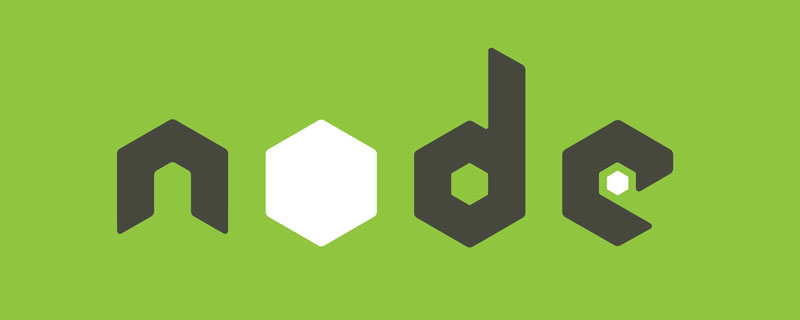 Vercel是什么?怎么部署Node服务?May 07, 2022 pm 09:34 PM
Vercel是什么?怎么部署Node服务?May 07, 2022 pm 09:34 PMVercel是什么?本篇文章带大家了解一下Vercel,并介绍一下在Vercel中部署 Node 服务的方法,希望对大家有所帮助!
 node.js gm是什么Jul 12, 2022 pm 06:28 PM
node.js gm是什么Jul 12, 2022 pm 06:28 PMgm是基于node.js的图片处理插件,它封装了图片处理工具GraphicsMagick(GM)和ImageMagick(IM),可使用spawn的方式调用。gm插件不是node默认安装的,需执行“npm install gm -S”进行安装才可使用。
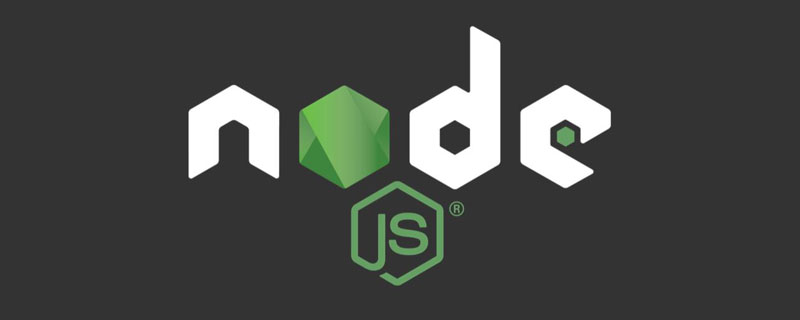 怎么使用pkg将Node.js项目打包为可执行文件?Jul 26, 2022 pm 07:33 PM
怎么使用pkg将Node.js项目打包为可执行文件?Jul 26, 2022 pm 07:33 PM如何用pkg打包nodejs可执行文件?下面本篇文章给大家介绍一下使用pkg将Node.js项目打包为可执行文件的方法,希望对大家有所帮助!
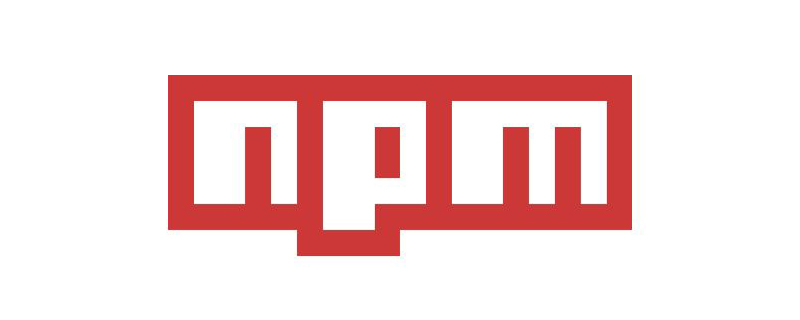 一文解析package.json和package-lock.jsonSep 01, 2022 pm 08:02 PM
一文解析package.json和package-lock.jsonSep 01, 2022 pm 08:02 PM本篇文章带大家详解package.json和package-lock.json文件,希望对大家有所帮助!
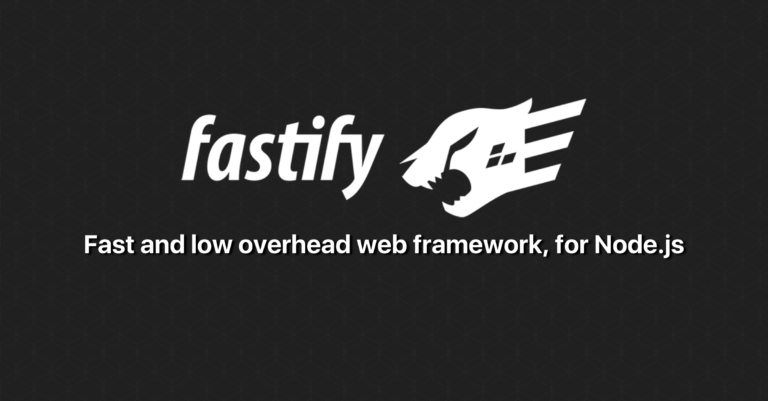 分享一个Nodejs web框架:FastifyAug 04, 2022 pm 09:23 PM
分享一个Nodejs web框架:FastifyAug 04, 2022 pm 09:23 PM本篇文章给大家分享一个Nodejs web框架:Fastify,简单介绍一下Fastify支持的特性、Fastify支持的插件以及Fastify的使用方法,希望对大家有所帮助!
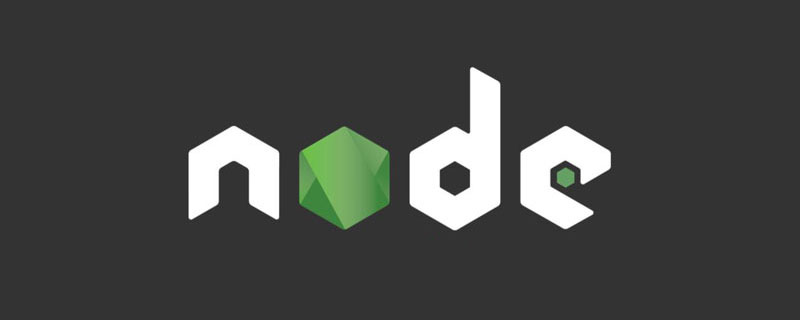 node爬取数据实例:聊聊怎么抓取小说章节May 02, 2022 am 10:00 AM
node爬取数据实例:聊聊怎么抓取小说章节May 02, 2022 am 10:00 AMnode怎么爬取数据?下面本篇文章给大家分享一个node爬虫实例,聊聊利用node抓取小说章节的方法,希望对大家有所帮助!
 手把手带你使用Node.js和adb开发一个手机备份小工具Apr 14, 2022 pm 09:06 PM
手把手带你使用Node.js和adb开发一个手机备份小工具Apr 14, 2022 pm 09:06 PM本篇文章给大家分享一个Node实战,介绍一下使用Node.js和adb怎么开发一个手机备份小工具,希望对大家有所帮助!
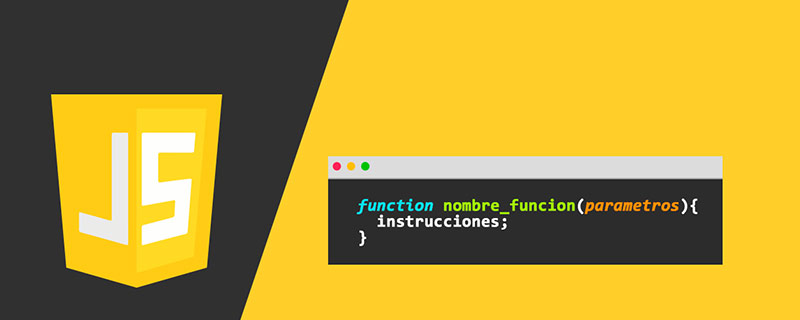 图文详解node.js如何构建web服务器Aug 08, 2022 am 10:27 AM
图文详解node.js如何构建web服务器Aug 08, 2022 am 10:27 AM先介绍node.js的安装,再介绍使用node.js构建一个简单的web服务器,最后通过一个简单的示例,演示网页与服务器之间的数据交互的实现。


Hot AI Tools

Undresser.AI Undress
AI-powered app for creating realistic nude photos

AI Clothes Remover
Online AI tool for removing clothes from photos.

Undress AI Tool
Undress images for free

Clothoff.io
AI clothes remover

AI Hentai Generator
Generate AI Hentai for free.

Hot Article

Hot Tools

Dreamweaver Mac version
Visual web development tools

MantisBT
Mantis is an easy-to-deploy web-based defect tracking tool designed to aid in product defect tracking. It requires PHP, MySQL and a web server. Check out our demo and hosting services.

Notepad++7.3.1
Easy-to-use and free code editor

SAP NetWeaver Server Adapter for Eclipse
Integrate Eclipse with SAP NetWeaver application server.

SublimeText3 Mac version
God-level code editing software (SublimeText3)





